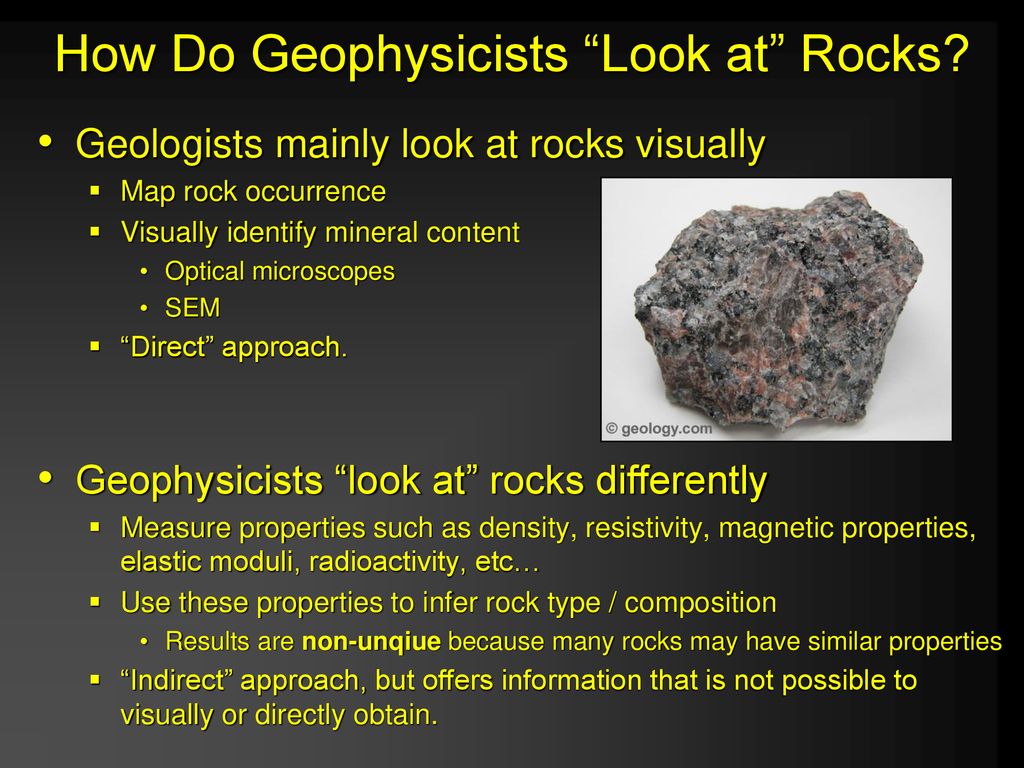All Categories
Featured
Table of Contents
Definition: Geophysical Survey in Walliston WA 2021

(PREM)., and the limits in between layers of the mantle are constant with stage transitions.
Schematic of Earth's magnetosphere. Circulations from left to.
Inside the magnetosphere, there are relatively thick regions of solar wind particles called the Van Allen radiation belts. Geophysical measurements are typically at a specific time and location. Accurate measurements of position, along with earth deformation and gravity, are the province of geodesy. While geodesy and geophysics are separate fields, the 2 are so closely connected that many clinical organizations such as the American Geophysical Union, the Canadian Geophysical Union and the International Union of Geodesy and Geophysics encompass both.
For The Future Of Geophysics, Not Even The Sky Is The Limit in Lakes Aus 2023
A three-dimensional position is calculated using messages from four or more visible satellites and referred to the 1980 Geodetic Referral System. An option, optical astronomy, integrates huge coordinates and the regional gravity vector to get geodetic coordinates. This technique only supplies the position in 2 coordinates and is harder to utilize than GPS.
Relative positions of 2 or more points can be identified using very-long-baseline interferometry. Gravity measurements entered into geodesy since they were needed to associated measurements at the surface of the Earth to the reference coordinate system. Gravity measurements on land can be made utilizing gravimeters released either on the surface area or in helicopter flyovers.
, which are studied through geophysics and area physics.
Frequently Asked Questions in Byford Western Australia 2020

Since geophysics is concerned with the shape of the Earth, and by extension the mapping of functions around and in the world, geophysical measurements include high precision GPS measurements. These measurements are processed to increase their precision through differential GPS processing. When the geophysical measurements have been processed and inverted, the translated outcomes are plotted using GIS.
Numerous geophysics business have created internal geophysics programs that pre-date Arc, GIS and Geo, Soft in order to fulfill the visualization requirements of a geophysical dataset. Expedition geophysics is applied geophysics that often utilizes remote noticing platforms such as; satellites, airplane, ships, boats, rovers, drones, borehole sensing devices, and seismic receivers.
For example, aeromagnetic data (aircraft gathered magnetic data) collected using standard fixed-wing aircraft platforms should be fixed for electromagnetic eddy currents that are created as the airplane moves through Earth's magnetic field. There are also corrections connected to modifications in determined possible field strength as the Earth rotates, as the Earth orbits the Sun, and as the moon orbits the Earth.
Geophysicists: Salary, Career Path, Job Outlook, Education ... in Ferndale Aus 2023
Signal processing involves the correction of time-series information for undesirable sound or mistakes presented by the measurement platform, such as aircraft vibrations in gravity data. It also involves the reduction of sources of sound, such as diurnal corrections in magnetic data. In seismic information, electromagnetic information, and gravity data, processing continues after error corrections to consist of computational geophysics which result in the final analysis of the geophysical information into a geological analysis of the geophysical measurements Geophysics became a different discipline only in the 19th century, from the crossway of physical geography, geology, astronomy, meteorology, and physics.
The magnetic compass existed in China back as far as the fourth century BC. It was not till great steel needles might be forged that compasses were utilized for navigation at sea; prior to that, they could not maintain their magnetism long enough to be beneficial.
By taking a look at which of eight toads had the ball, one might determine the direction of the earthquake. It was 1571 years before the very first design for a seismoscope was released in Europe, by Jean de la Hautefeuille. It was never ever built. One of the publications that marked the beginning of modern science was William Gilbert's (1600 ), a report of a series of meticulous experiments in magnetism.
Geophysicist Careers in Calista Oz 2021
In 1687 Isaac Newton released his, which not only laid the structures for classical mechanics and gravitation however also discussed a range of geophysical phenomena such as the tides and the precession of the equinox. The very first seismometer, an instrument capable of keeping a constant record of seismic activity, was built by James Forbes in 1844. Geochemistry, Geophysics, Geosystems. National Aeronautics and Space Administration. Recovered 13 November 2018.
Runcorn, S.K, (editor-in-chief), 1967, International dictionary of geophysics:. Pergamon, Oxford, 2 volumes, 1,728 pp., 730 fig Geophysics, 1970, Encyclopaedia Britannica, Vol. Intro to seismology (2nd ed.).
Table of Contents
Latest Posts
How To Become A Geologist Or Geophysicist in Ardross Aus 2023
Archaeological Geophysics And Geochemistry Planning A Geophysical Survey: Environmental & Physical ... in Applecross Aus 2022
Why Study Geophysics? in Mundijong WA 2022
More
Latest Posts
How To Become A Geologist Or Geophysicist in Ardross Aus 2023
Archaeological Geophysics And Geochemistry Planning A Geophysical Survey: Environmental & Physical ... in Applecross Aus 2022
Why Study Geophysics? in Mundijong WA 2022